


Aspirants for the National Eligibility Entrance Test Postgraduate (NEET PG) 2024 can expect to receive their admit cards today, June 18, as confirmed by the National Board of Examinations (NBE). The CBT exam, which serves as a gateway for admission into postgraduate medical programs in India, will take place on June 23. Admit cards will be available for download on the NBE website, applicants are advised to check the site frequently for updates. It is important to note that admit cards will not be sent via post or email.
NEET PG 2024: Admit Cards to be Released Today
The National Board of Examinations (NBE) will release the admit cards for the National Eligibility Entrance Test Postgraduate (NEET PG) 2024 examination today, June 18. The exam is scheduled to be held on June 23 and will be a gateway for admission into postgraduate medical programs in India.
About NEET PG
NEET PG is a national-level entrance examination conducted by the NBE for admission to postgraduate medical courses in India. The exam is administered in a computer-based test (CBT) format and covers a wide range of medical subjects.
Background
NEET PG was introduced in 2013 as a single-window entrance exam for admission to postgraduate medical programs across India. Prior to NEET PG, various states and medical colleges conducted their own entrance exams, leading to a lack of uniformity and transparency in the admission process.
NEET PG has been instrumental in ensuring merit-based admissions and reducing regional disparities in access to postgraduate medical education. The exam has also helped to standardize the quality of medical education across the country.
Important Dates
Top 5 FAQs
1. How can I download my NEET PG admit card?
Answer: Admit cards will be available for download on the NBE website (https://nbe.edu.in/). Applicants are advised to check the site frequently for updates.
2. Will admit cards be sent via post or email?
Answer: No, admit cards will not be sent via post or email. Candidates are responsible for downloading and printing their admit cards from the website.
3. What documents are required to appear for NEET PG?
Answer: Candidates must bring their admit card, photo ID proof, and a passport-sized photograph to the exam center.
4. What is the exam pattern for NEET PG?
Answer: NEET PG is a computer-based test consisting of 200 multiple-choice questions. The exam is divided into two parts: Section A contains 150 questions from medical subjects, while Section B contains 50 questions from the clinical scenario.
5. What is the minimum qualifying score for NEET PG?
Answer: The minimum qualifying score for NEET PG is set by the NBE and varies depending on the category of the applicant. For the general category, the minimum qualifying score is 50th percentile.

The Indian government has appointed V Narayanan as the new chairman of the Indian Space Research Organisation and Secretary, Department of Space. An IIT alumnus and cryogenic engine developer, Narayanan is expected to take charge from the current head of the organisation, S Somanath, on January 14. With years of experience and expertise in rocket and spacecraft propulsion, Narayanan aims to take ISRO to greater heights and continue India's development in space technology.
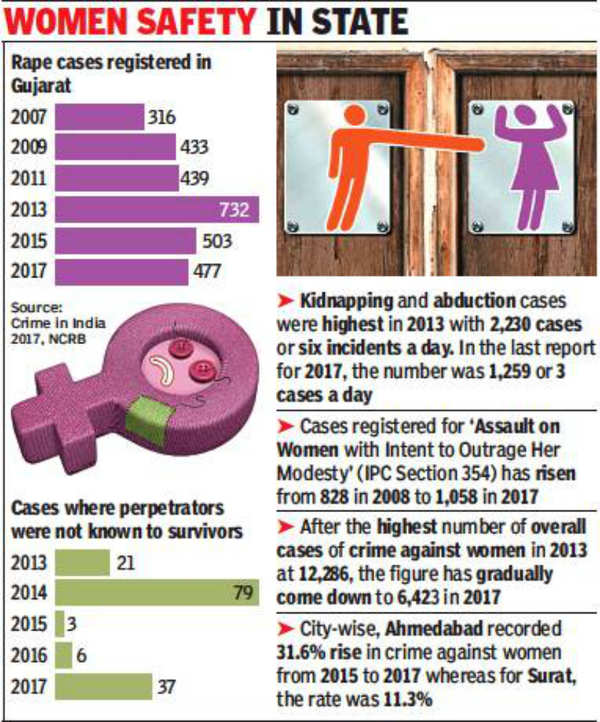
The state of Gujarat has taken precautionary measures to handle cases of HMPV, a respiratory virus, after one case was detected in a two-month-old boy two weeks ago. Three civil hospitals in Gandhinagar, Ahmedabad, and Rajkot have created isolation wards with a total of 45 beds to handle any potential health emergency. The health department has also issued an advisory to the public to prevent the spread of the virus. However, according to data from the Indian Council of Medical Research and the Integrated Disease Surveillance Programme, there has been no alarming surge in respiratory illnesses in the country.
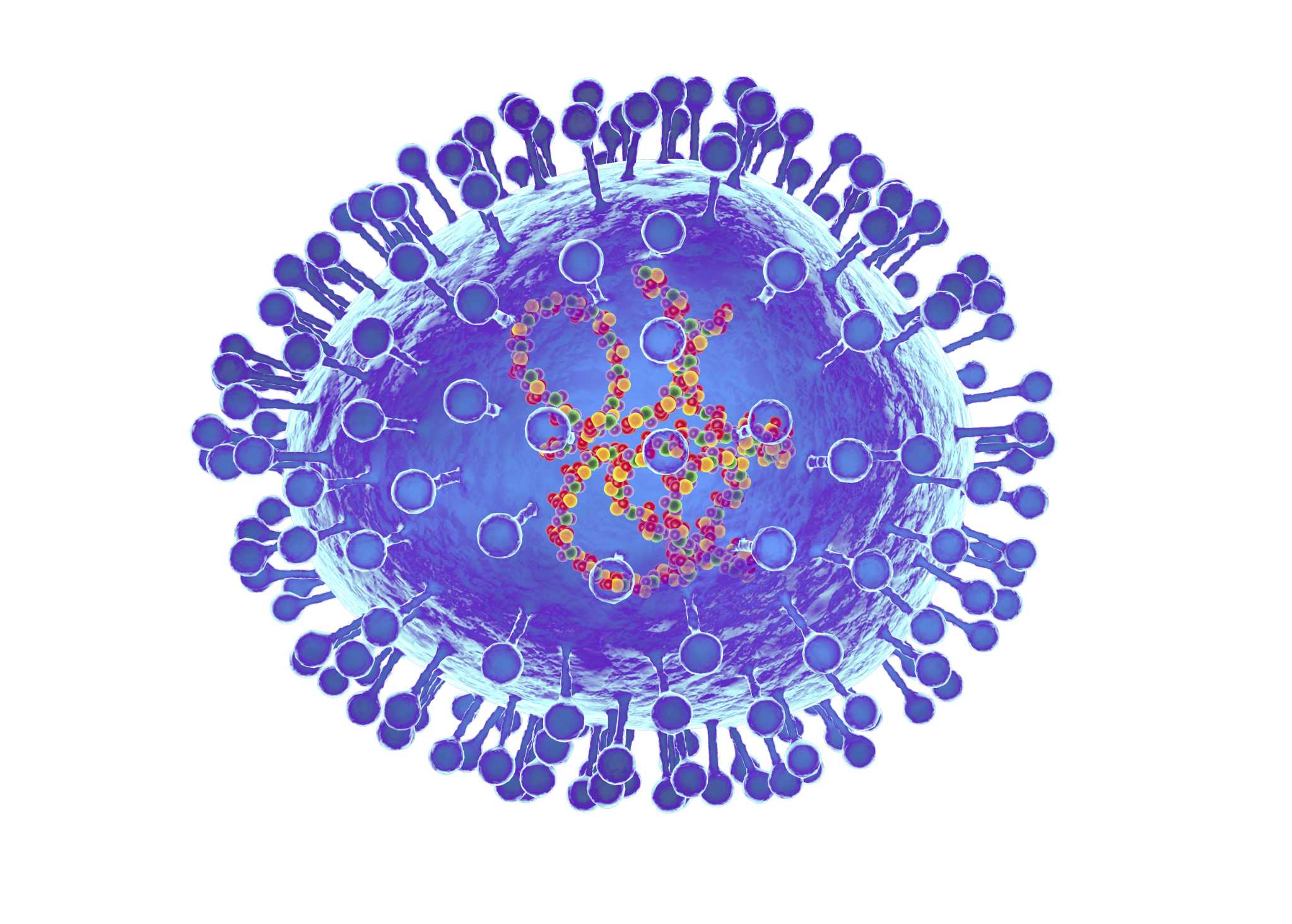
The recent detection of the Human Metapneumovirus (HMPV) in India has sparked fears of a potential new outbreak similar to the COVID-19 pandemic. However, medical authorities assure the public that HMPV has been circulating globally for years and is not a new virus. While three cases have been reported in India, there is no need to press the panic button as there has been no unusual surge in respiratory illness cases in the country. Karnataka's Health Minister Dinesh Gundu Rao stresses that this is not the first case of HMPV in India and it is not something new.
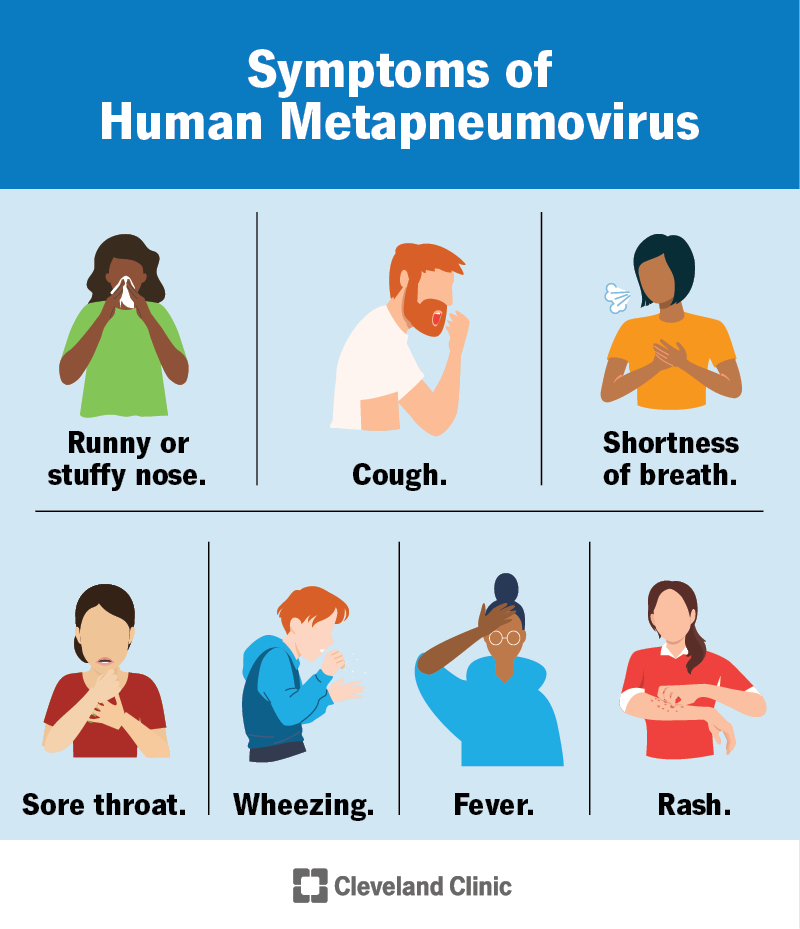
As China experiences an outbreak of Human Metapneumovirus, also known as HMPV, health officials in Telangana, India have issued a list of precautions for the public, despite no reported cases in the state. The respiratory virus, which primarily affects children, immunocompromised individuals, and the elderly, can lead to a wide range of symptoms, including mild cold-like illness and more serious respiratory conditions. However, the Indian health agency has assured that there is no cause for alarm and that the country does not need to worry at this time.
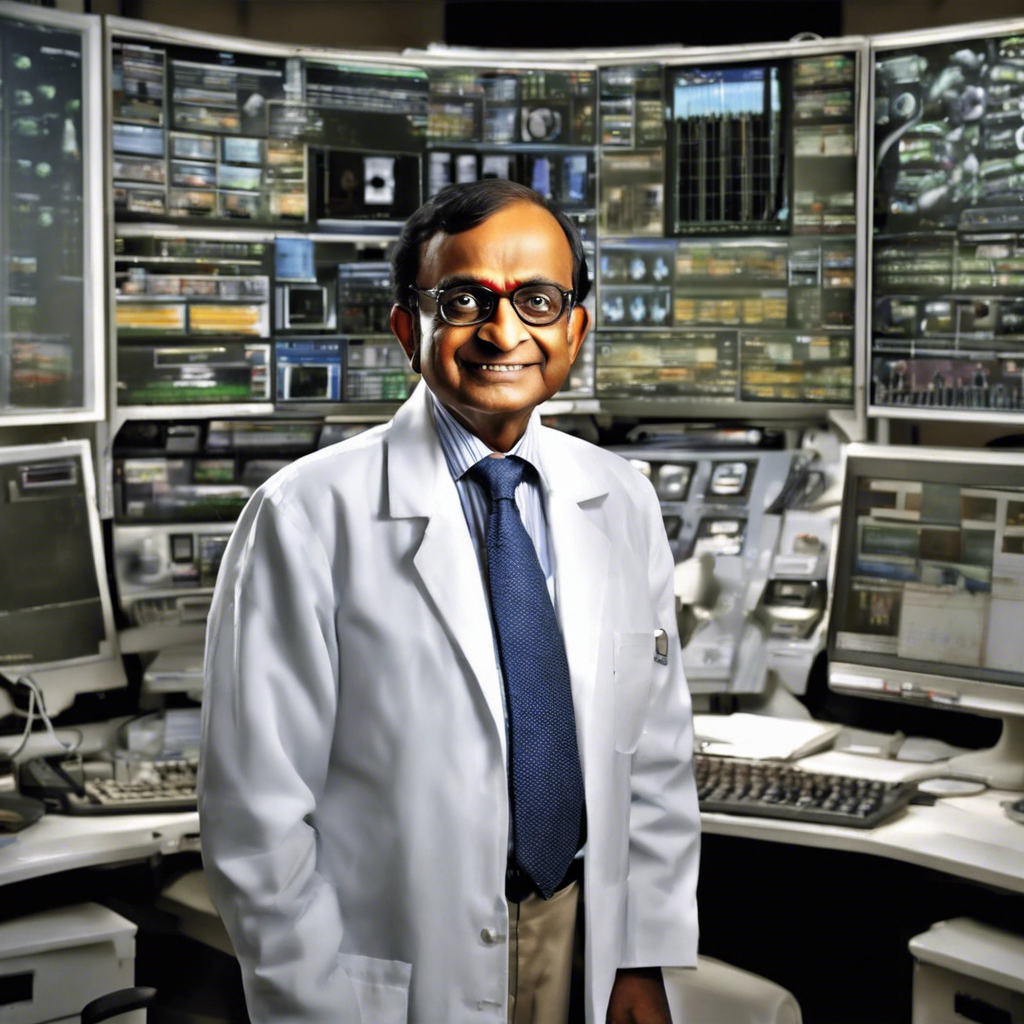
Renowned nuclear scientist and key figure in India's nuclear program, Dr. R Chidambaram, passed away at the age of 88. He was known for his contributions to nuclear research and played a significant role in India's nuclear tests and the country's civil nuclear agreement with the United States. His passing marks a significant loss for the scientific community and the country's progress in the field of nuclear technology.
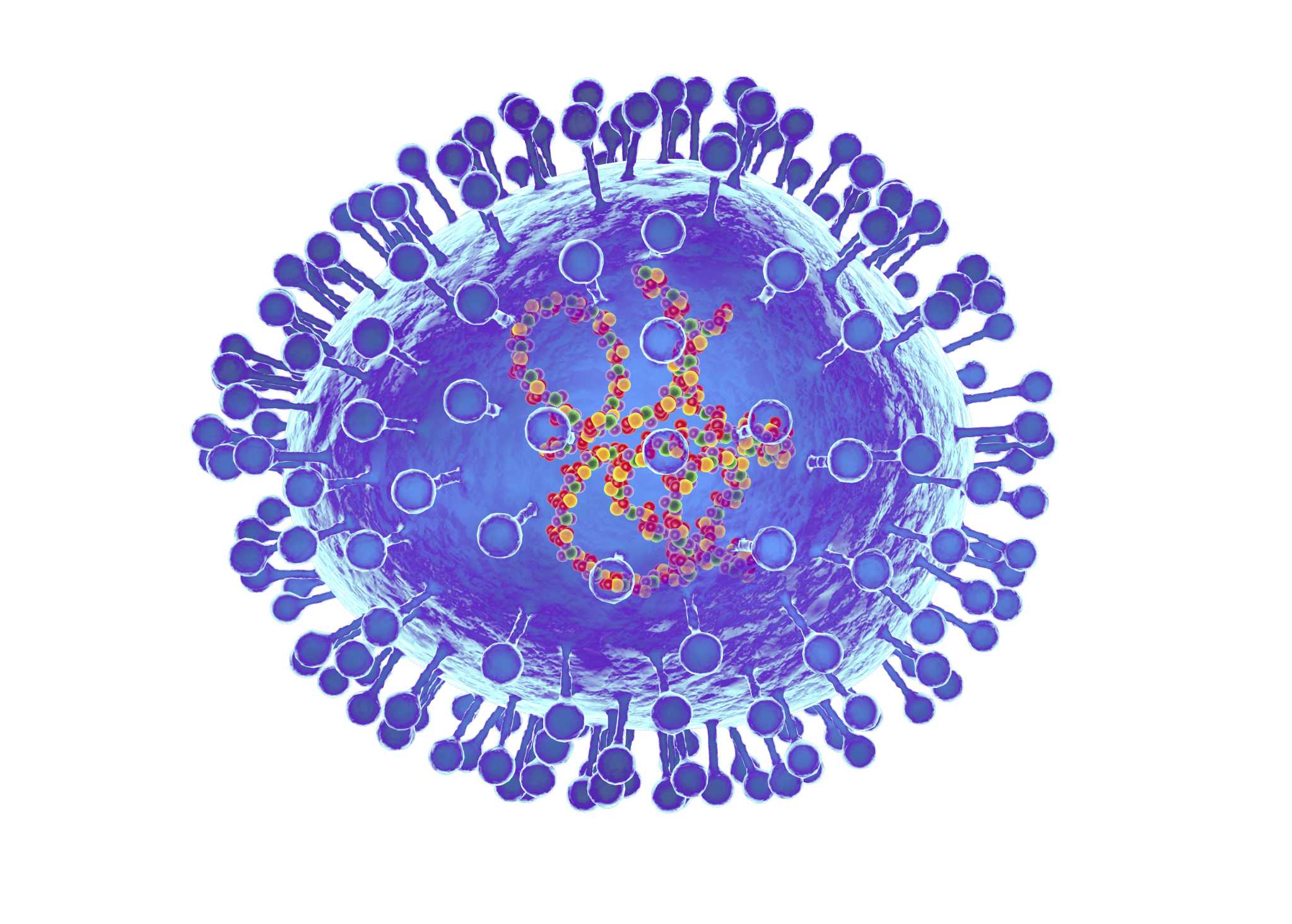
The recent spread of a new virus, human metapneumovirus (HMPV), in China has sparked global concerns, with reports of increasing cases among children under 14. However, Indian health experts and the Union Ministry of Health and Family Welfare have dismissed the possibility of a widespread disruption. This is due to previous knowledge about HMPV and its similarity to respiratory syncytial virus (RSV), a common respiratory pathogen. While HMPV may be a trigger for asthma in infants, it is not as deadly as Covid-19 and there is no reason for alarm yet.
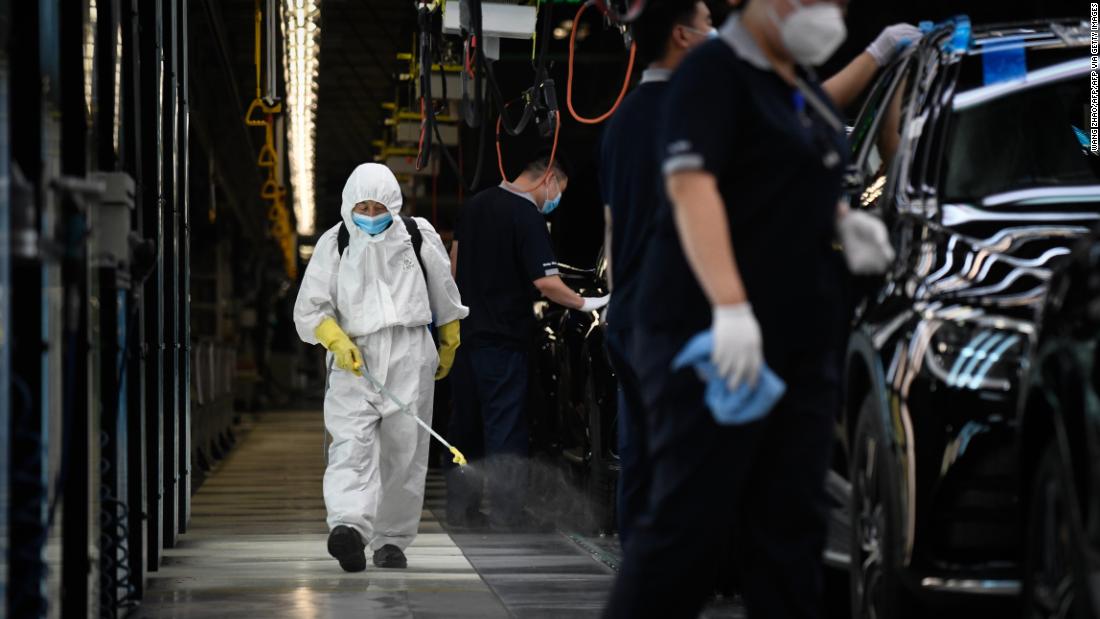
China's disease control authorities have launched pilot systems to monitor and report cases of Human Metapneumovirus (HMPV), which has been linked to a recent flu outbreak. As the country continues to battle this respiratory virus, the World Health Organization calls for transparency and cooperation in researching the origins of COVID-19 to better prevent and prepare for future epidemics. Experts warn that people with weak respiratory health and weakened immune systems, as well as young children and the elderly, are most at risk for HMPV and urge preventive measures such as frequent hand washing and wearing masks.
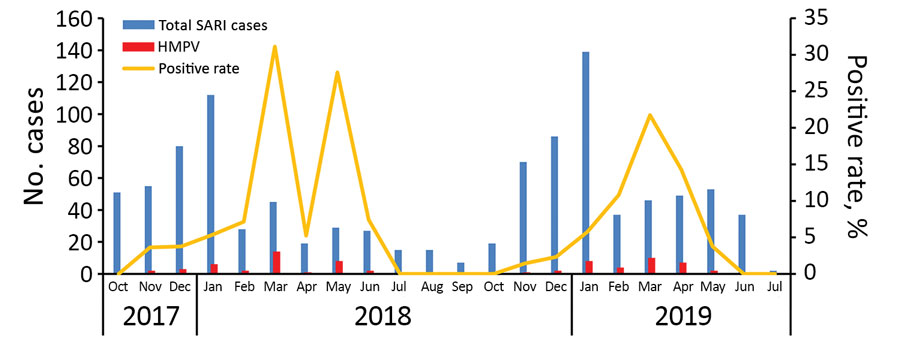
Amidst growing concerns over the coronavirus outbreak, China confirms an increase in cases of human metapneumovirus (HMPV) among children under 14 years old, especially in northern provinces. HMPV is a respiratory illness similar to the common cold, with symptoms including coughing, runny nose, and sore throat. Health officials are urging the public not to blindly use antiviral drugs to fight HMPV, as there is currently no vaccine against the virus. Antibiotics may be prescribed in extreme cases where HMPV has caused pneumonia and a secondary bacterial infection.

The University Grants Commission (UGC) has announced draft guidelines for introducing skill-based courses and micro-credentials in higher education institutions, aligning with the objectives of the National Education Policy 2020. These courses, including emerging fields such as data analytics and AI, aim to enhance students' employability and support economic growth through a qualified workforce. Feedback on the guidelines will be accepted for the next 30 days, giving students and educators a chance to provide their input.
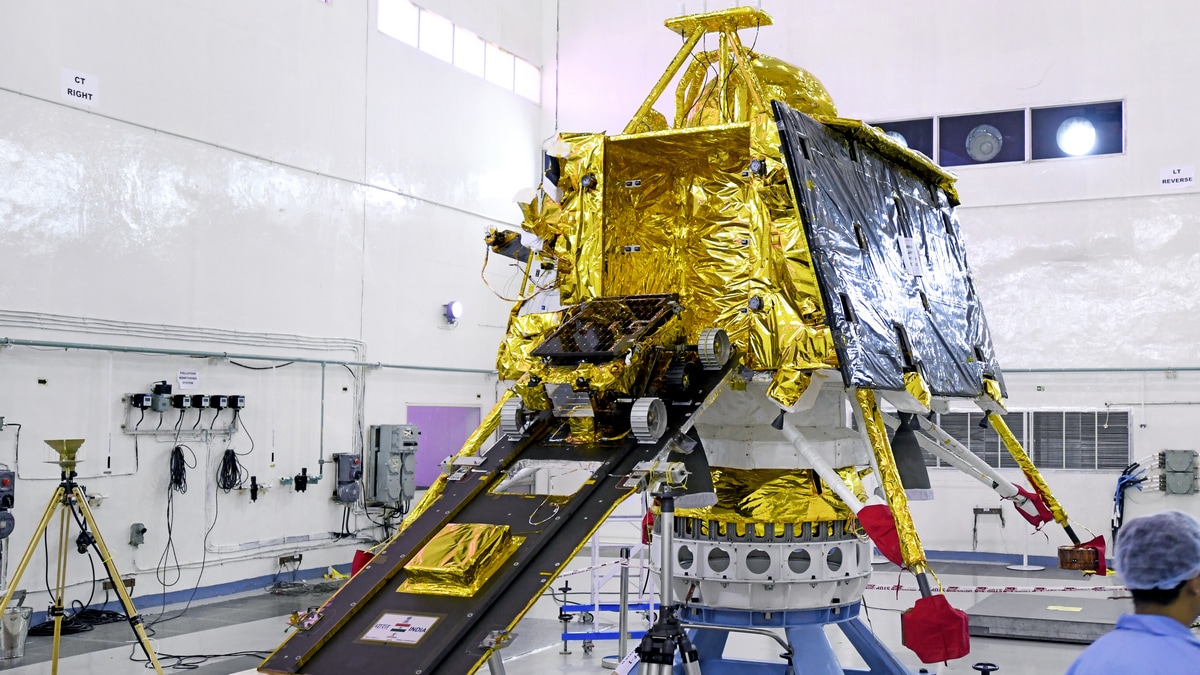
Indian Space Research Organisation (ISRO) has successfully placed two satellites, weighing 220kg, into a circular orbit of 475 km for a crucial space docking technology demonstration. This mission also included the launch of POEM-4 with 24 payloads from startups, industries, and academia. Scientist S Somanath stated that the docking process is expected to take place on January 7, after operations at ISTRAC Bengaluru from December 31. This mission is a major step towards future space missions for India.